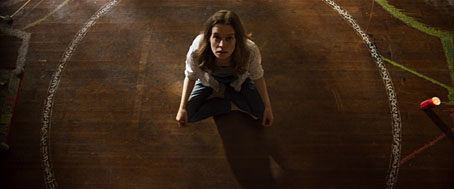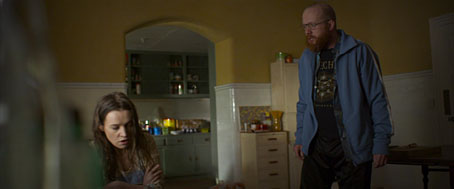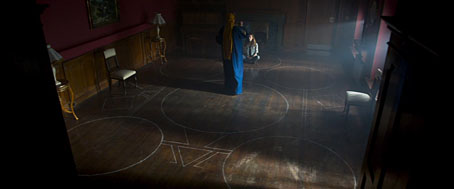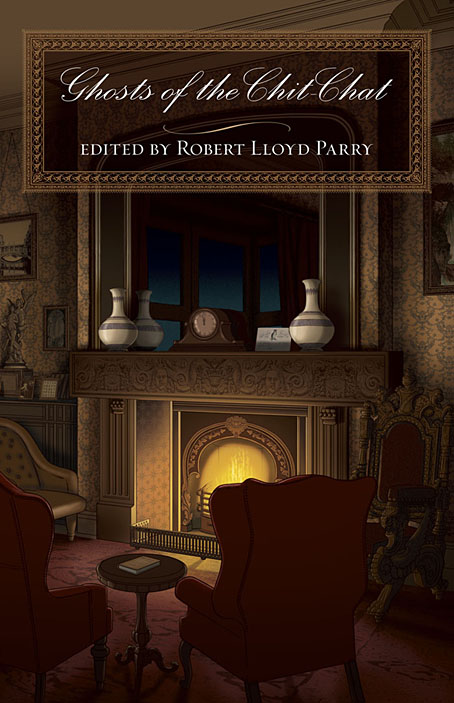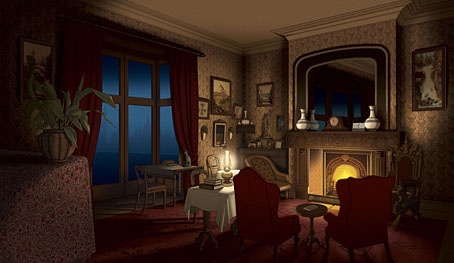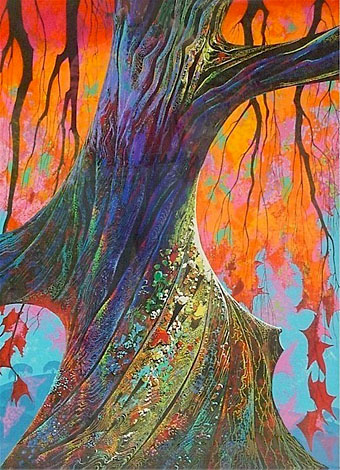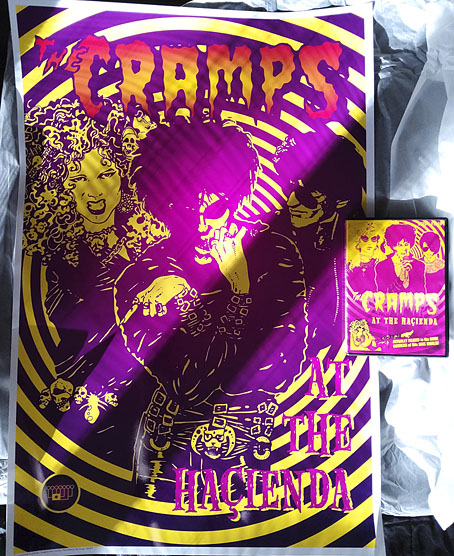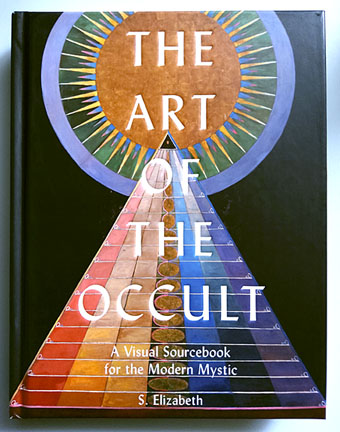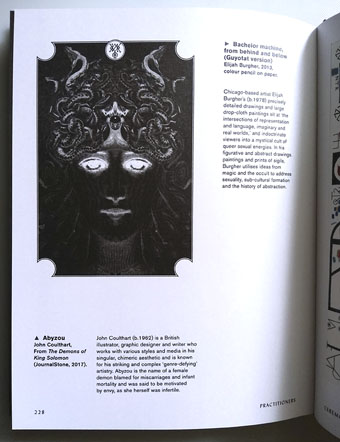Catherine Walker.
Among the Halloween viewing this year was A Dark Song (2016), a debut feature written and directed by Liam Gavin. I’d known about this one for some time thanks to recommendations from friends but for various reasons hadn’t seen it until now. Part of the interest was nakedly egotistical: one of the lead characters wears a T-shirt bearing a design based on the Epigenesis album cover that I created for Melechesh in 2010. The cover art—a variation on the Kabbalistic Tree of Life—suits the occult theme of the film, while Steve Oram’s character is also the kind of person who might be a metal-head.
Steve Oram in that shirt.
Ego matters aside, it’s the occult business that really sets this film apart. Had I known earlier that the story concerns an enactment of the famously arduous Abra-Melin ritual I’d have sought it out much sooner. Catherine Walker plays Sophia, a woman looking for supernatural vengeance following the murder of her young son. Her ritual guide, Oram’s Joseph Solomon, is evidently her last resort after attempts to hire other occultists have failed. Her determination forces her to engage the man despite his obvious unsuitability as a mentor for the Abra-Melin’s psychic assault course. Solomon is a surly recovering alcoholic; once the ritual begins he turns into a belligerent bully. With the pair locked into a remote house that neither of them can leave for fear of the occult consequences, the ensuing battle of wills makes an already hazardous ritual all the more dangerous.

